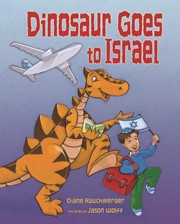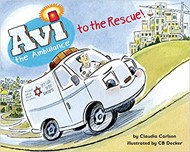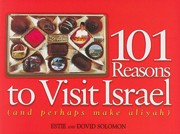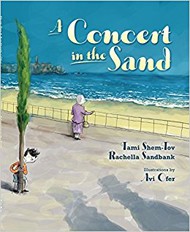Part of the publisher’s series which aims to educate school-aged children about countries around the world, Israel is a full-color non-fiction book with maps, photographs, a glossary, an index, a short bibliography, a list of useful “fast facts”, and an associated web site.
The author includes some cultural tidbits which provide good local color. (Some of these are inaccurate, for example, a dreidel has four sides and four letters rather than five and isn’t called a dreidel in Israel, rather the Hebrew word s’vivon.) The importance of the country to three major religions is accurately portrayed and a good sense of religious life is conveyed. Geography, government and the vibrant economy are briefly but accurately described.
The weak point in the book, in need of fact-checking and editing, so weak in fact that it prevents a recommendation, is the section which concerns the history of the area. On page 14 the author states, “Before 1948, Muslims in Palestine controlled Israel.” An accurate historical account would inform the reader that before 1948 the area was administered as a British Mandate under the auspices of the United Nations. It was not controlled by “Muslims in Palestine.” The struggle for land between Arabs and Jews in Israel need not be ignored in a book of this kind; it is an important fact of regional life. But care must be taken to provide accurate historical fact. To do any less is mis-education. Accurate and inaccurate information on the topic are both readily available and checking facts is important. A related problem occurs on the map which appears on the same page. The map designates some areas in parentheses as Palestine. Some groups are advocating for these areas to become Palestine and some areas are controlled by The Palestinian Authority but naming those areas Palestine is a legal decision which has not come to pass and including them on the map in this fashion pushes a particular political agenda. Addressing the issue in a balanced and well-thought-out paragraph, careful to advocate in neither direction, would have been a much wiser editorial choice.
With some correction and re-editing, this could be a useful book with vibrant photographs and handy facts. As it stands now, it cannot be recommended.





